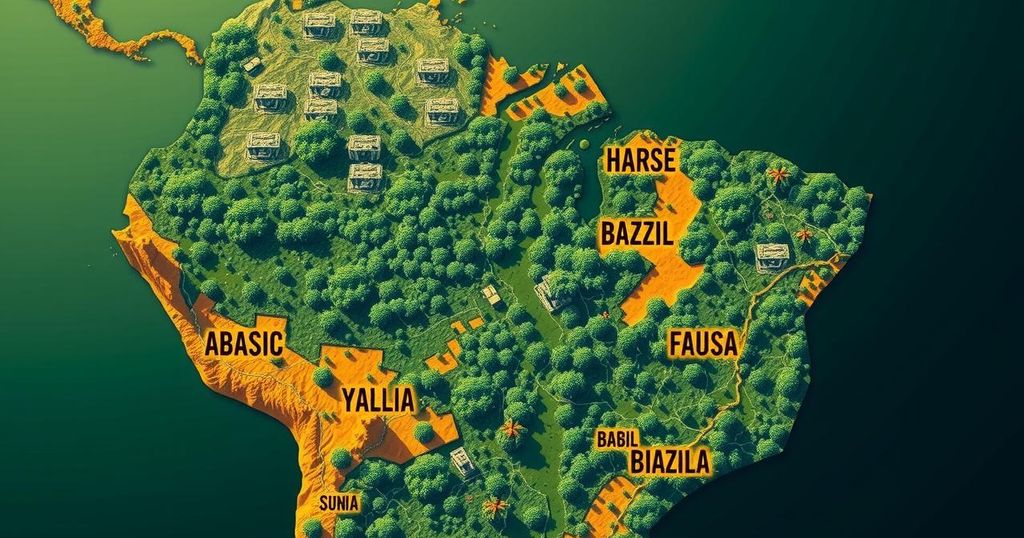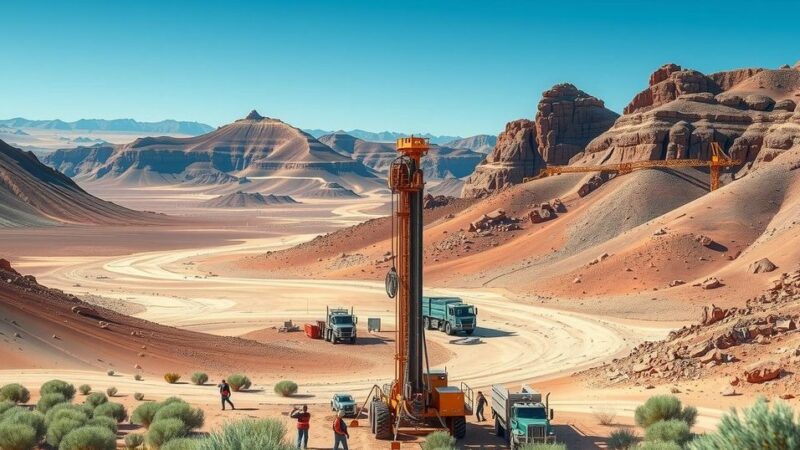In the 20th century, internal migration in the Brazilian Amazon was driven by resource extraction, infrastructure development, and urbanization. Regions like Rondônia witnessed explosive population growth as families sought better opportunities, while tensions between migrants and established landowners arose. The movement of people highlighted the complex socio-economic landscape and ongoing challenges faced by communities influenced by mining and agricultural expansion.
Throughout the 20th century, migration significantly shaped the demographics and landscape of the Brazilian Amazon, predominantly driven by opportunities presented by resource extraction and infrastructural development. Internal migration surged during the gold rushes and large infrastructure projects, such as the construction of highways and hydropower plants. For instance, Rondônia’s population expanded from 100,000 in 1972 to over one million by 1990, reflecting this intense migration pattern.
The migration patterns were characterized by movements from various Brazilian regions, where impoverished families sought better opportunities. Significant migrations originated from the Northeast, South, and Central West regions, driven by conditions of poverty and the expansion of the agricultural frontier. The completion of seminal transport routes, such as the Rodovia Belem-Brasília and the Transamazônica, enabled land rushes and settlement expansions, often leading to competition between smallholders and large landowners.
In Pará, Northeastern migrants came in search of government-backed settlement opportunities, frequently facing challenges such as inadequate support and poor infrastructure. This unequal landscape fostered tensions between migrants and established landholders. While some adapted by establishing farms, others were relegated to employment as rural laborers, illustrating the complexities of immigration.
Migrants in states like Acre and Rondônia faced environmental and socio-economic challenges, with the latter transitioning into significant agricultural hubs, albeit through contentious means. Conflicts arising from the encroachment of cattle ranchers on forested areas were prominent, with notable figures, such as Chico Mendes, advocating for the rights of marginalized workers.
Recent trends show a shift toward urban migration within Amazonian communities, reflecting global urbanization patterns. The construction of hydropower projects attracted significant numbers of migrants to cities like Altamira and to northwest Rondônia, driven by the temporary jobs created. Concurrently, gold rushes across the Amazon led to sporadic influxes of miners, creating transient communities within the region’s economically crucial mining sectors.
Diverse migration phenomena in the Amazon remain a testament to the region’s intricate socio-economic landscape, where the legacies of migration continue to influence contemporary developments and the environment.
The Brazilian Amazon has experienced profound shifts in population dynamics due to 20th-century migration phenomena, often correlated with economic opportunities and infrastructural development. Internal migrations historically impacted the region due to substantial developments, such as infrastructural projects, agricultural expansion, and resource extraction. As rural inhabitants sought better livelihoods in urban centers or frontier lands, they significantly altered regional demographics and economic activities while navigating a complex interplay of socio-economic forces and environmental challenges.
In summary, the migration trends within the Brazilian Amazon during the 20th century reveal a complex tapestry of economic aspiration, infrastructural influence, and socio-political challenges. The migration flows catalyzed significant changes in demographics and land use while highlighting the ongoing struggles of marginalized communities in the face of growing industrialization and deforestation. This legacy continues to have ramifications for current rural-urban dynamics and environmental conservation efforts in the Amazon region.
Original Source: news.mongabay.com






